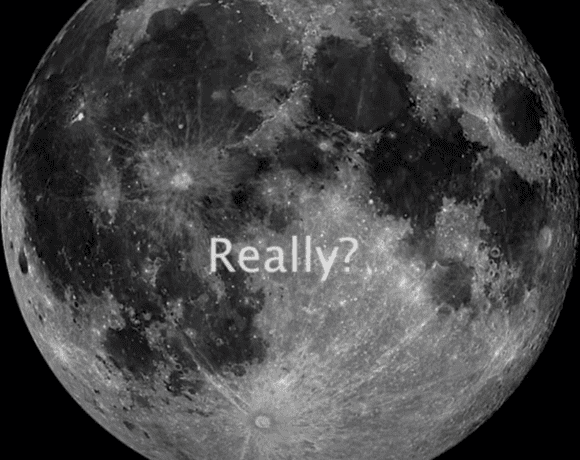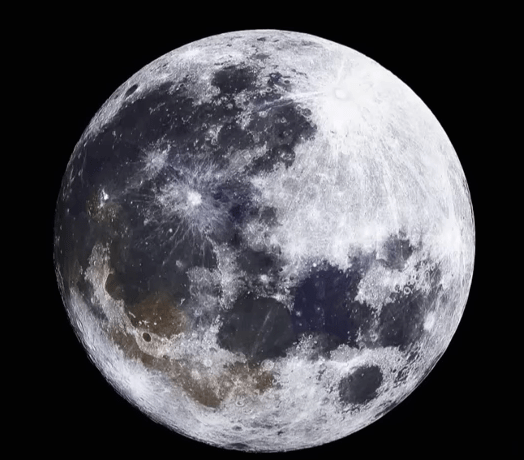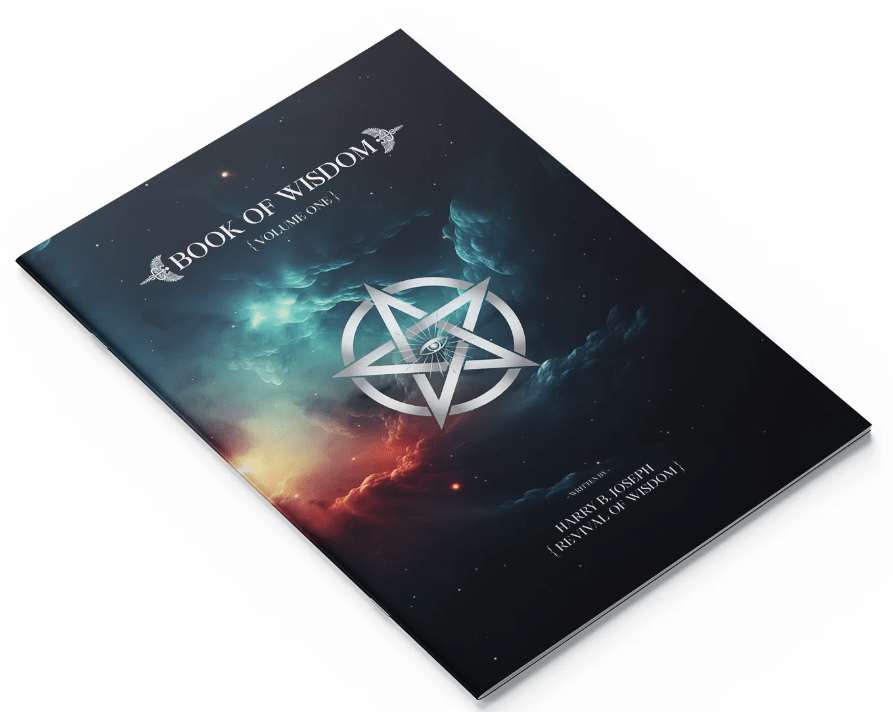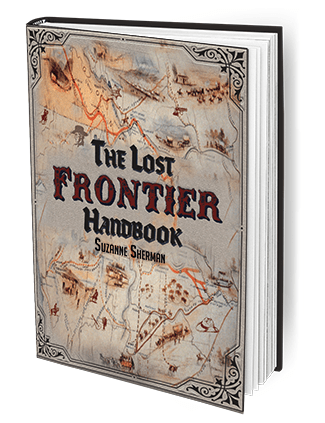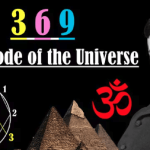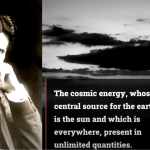A Journey to the Moon
Have you ever gazed at the night sky and pondered the distance between the Earth and the Moon? For centuries, people have been captivated by this enigmatic celestial body, seeking to comprehend the vastness of space separating us. In this article, we delve into the moon’s distance from Earth and use a thought experiment to help us grasp this complex concept. We also explore the significance of the moon’s distance and the incredible achievements of human lunar exploration.
The Crow Discovery Project: A Thought Experiment
The Crow Discovery Project has created a fascinating video that demonstrates the importance of critical thinking in questioning established beliefs and uncovering hidden truths. The video focuses on the distance between the Moon and Earth, using a thought experiment to help viewers visualize just how far apart these celestial bodies are.
The Mentalist Crater: A Reference Point
The thought experiment revolves around the Mentalist crater on the Moon, which measures roughly 15-16 miles in diameter. By using Google Earth, the speaker creates a circle equivalent in size to the crater, which serves as a reference point in the experiment. The video then guides viewers through a process of determining how high they would need to be in order to lose sight of the circle, assuming perfect vision or the use of corrective lenses. This imaginative exercise illustrates that the Moon is six times further away from Earth than the height at which the circle becomes invisible.
The Moon’s True Distance from Earth
To comprehend the actual distance between the Moon and Earth, we must turn to mathematics. On average, the Moon is approximately 238,855 miles away from our planet. Due to the Moon’s elliptical orbit, this distance fluctuates slightly, but it remains a useful estimate. To put this distance into perspective, if one were to drive non-stop at 60 mph, it would take about 399 days to reach the Moon. That’s nearly a year and two months of continuous driving!
The Value of Critical Thinking
The Crow Discovery Project video emphasizes the significance of critical thinking in understanding the world around us. By scrutinizing information and refusing to accept claims without question, we can attain a more accurate understanding of reality. This skill is particularly crucial in an age where misinformation and deception pervade the media.
The Impact of the Moon’s Distance on Earth
The vast distance between the Moon and Earth has profound consequences for our planet. The Moon’s gravitational pull is responsible for generating ocean tides and stabilizing Earth’s rotation. If the Moon were closer or further away, life on Earth would likely be drastically different.
Venturing to the Lunar Surface
Despite its immense distance, humans have succeeded in exploring the Moon’s surface. In 1969, the Apollo 11 mission made history by landing the first humans on the Moon, with subsequent missions continuing to investigate the lunar terrain. The Moon’s surface, characterized by craters, mountains, and valleys, has offered scientists invaluable insights into the early history of our solar system.
We encourage you to watch the Crow Discovery Project’s video to better understand the distance between the Moon and Earth through critical thinking and thought experiments. By engaging with this material, you’ll enhance your appreciation for the vastness of space and the marvels of human achievement in lunar exploration.


